Hi,
The approach will really depend on the objective. For example - in the first case it's unclear whether they have already tried to find additional capacity with their current production line. Your 2nd case is unclear since it's unclear what's the objective.
You should ask the following clarifying questions:
1) Clarify the business model. Ask how the company actually makes the money. For several reasons:
- Even if you think you understand the business model, you need to make sure that you understand it correctly.
- Some cases have pitfalls related to a business model (re profitability cases with several revenue streams
- You need to understand the revenue streams to make a proper structure. E.g. if the case is about oil&gas company which revenues are declining, ask if it is Up / mid / down-stream problem. In this case, defining a revenue stream is critical to setting up the right structure. (At the end of the day it may be the decline of snack sales at the gas stations:). In case of telecom company it may be the problem of the core business (wireless) or non-core (landlines, internet)
2) Clarify the objective. Here make sure that your goal is:
- Measurable
- Has a time-framed
- Has / has no limitations
e.g. Should I invest 100k in this business for 1 year if I want to get 15% return?
3) Ask the questions that will help you understand the scope better, build a relevant structure and remove ambiguity.
E.g. in your 1st case ask if they tried to optimize the existing capacity
!!! Finally - do the recap after asking the clarifying questions. Although most of the case books suggest to do it immediately at the beginning of the interview, it makes much more sense to clarify the situation first and then to make sure that you understand everything correctly.
In general, in the capacity cases, the following things are improtant to understand (note - it's not a structure):
1) Demand - look at the current demand and the demand growth projections
2) Capacity - understand the current capacity in the number of units / labor time / machine time
3) Utilization - understand if the capacity is underutilized. If so - go through the value chain and try to find the bottlenecks
4) Costs and benefits - estimate the potential benefits of the capacity increase vs the investments needed
Best!
(edited)









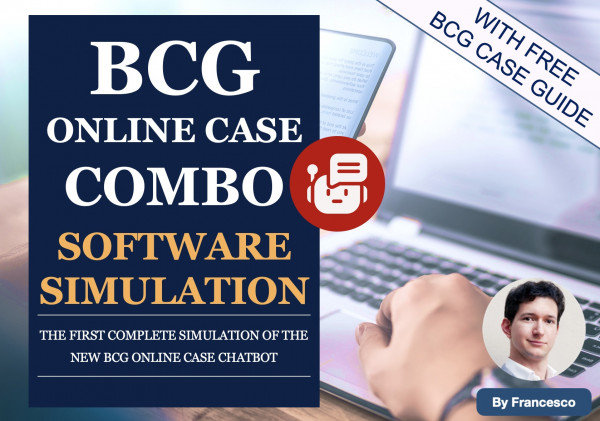


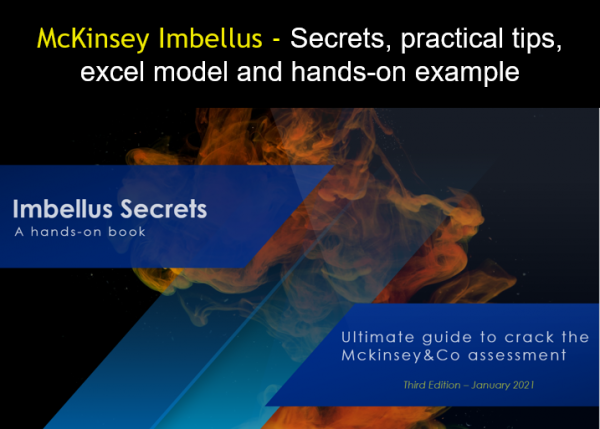


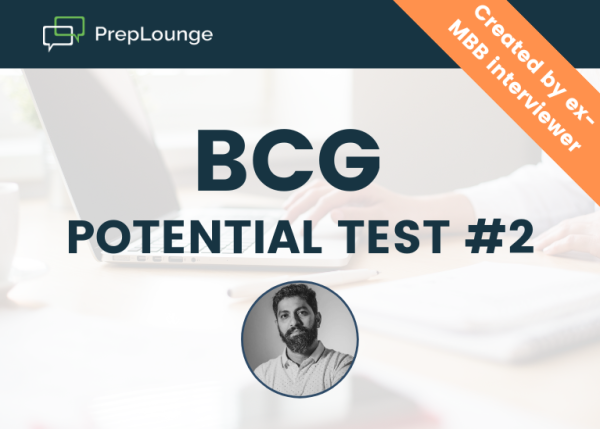
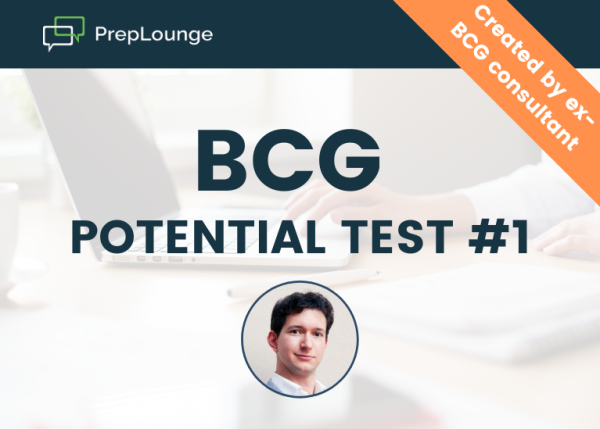
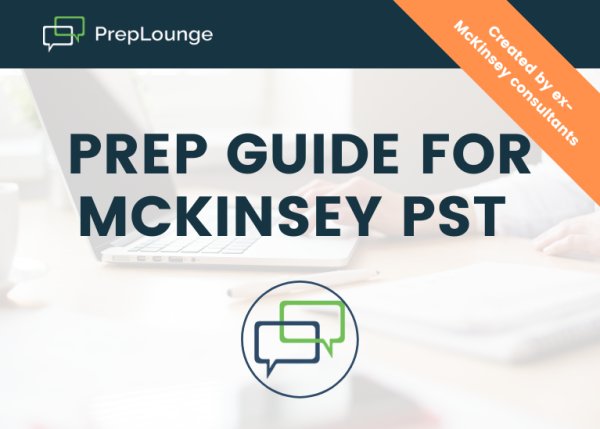
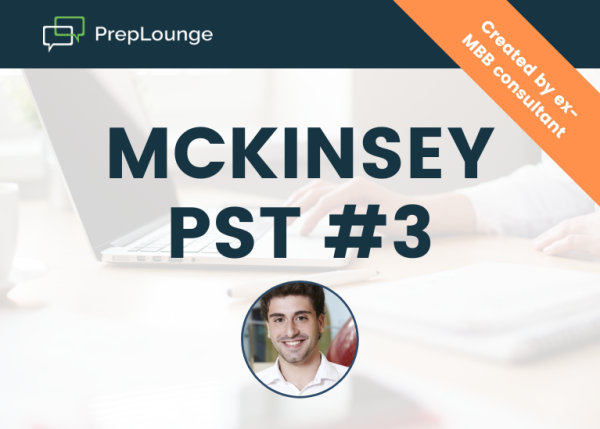
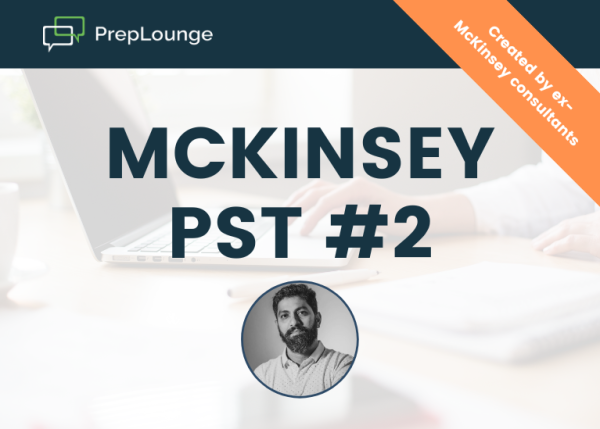
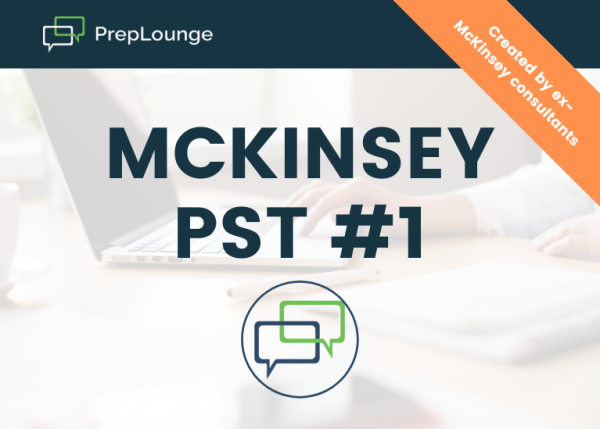
Thank you for the insights, very helpful!
(edited)